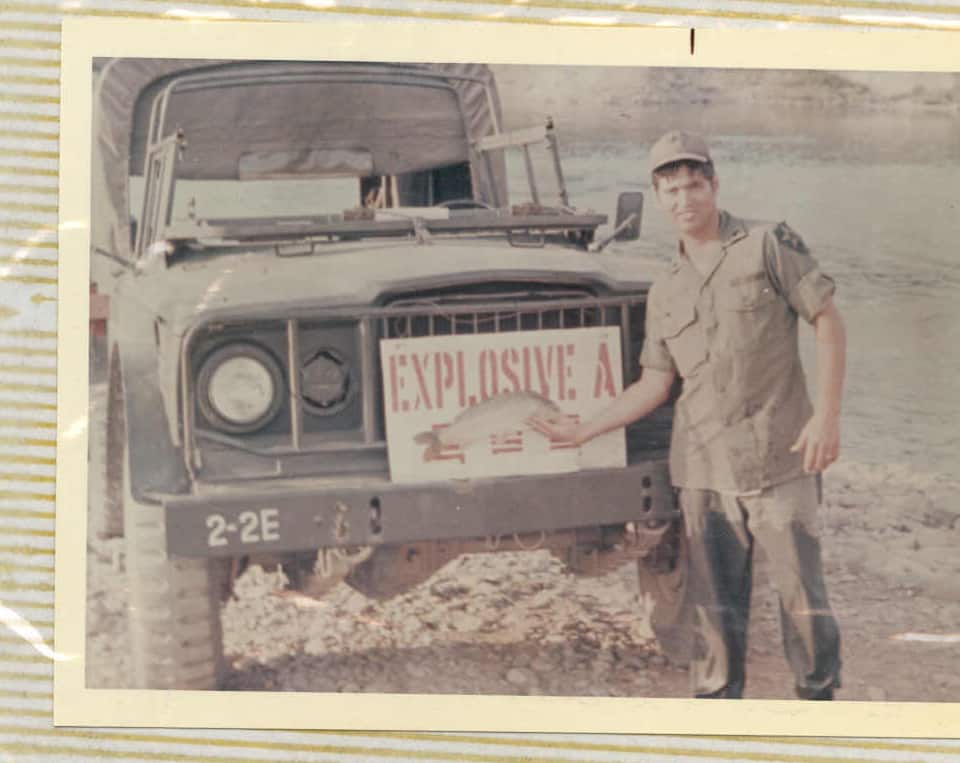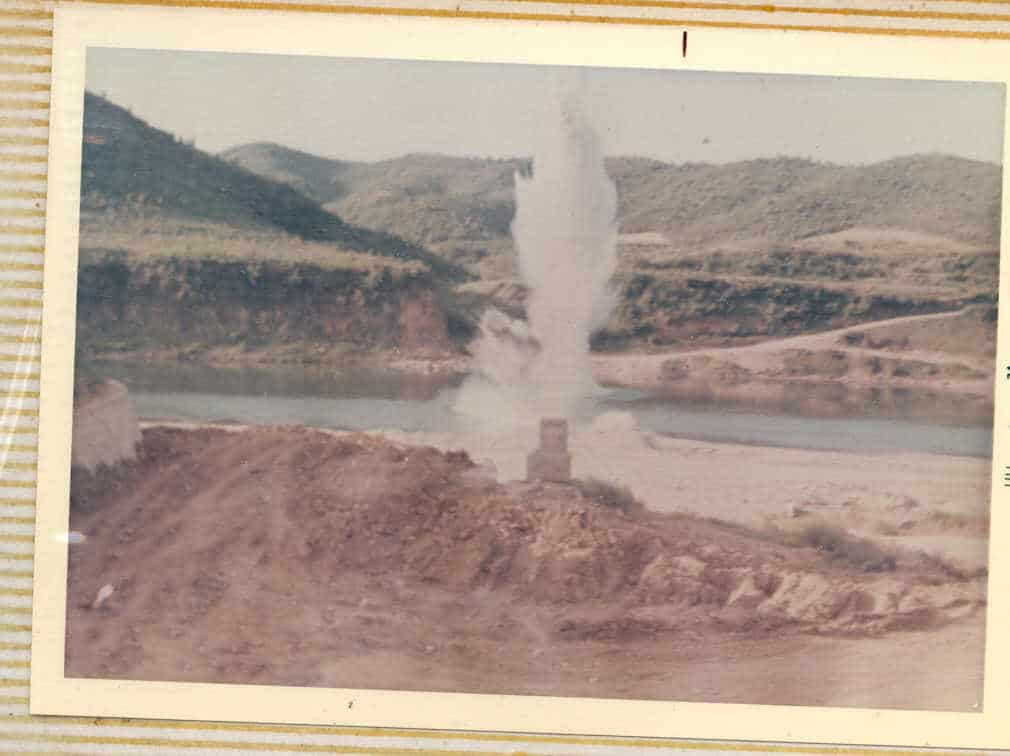Having been a combat engineer and dealing with explosives of all types, the making of improvised explosive devices is something with which I have some familiarity.
We used to receive training and give training on the use of conventional explosives — to blow up bridges, fortifications, airfields, buildings as part of the mission to aid the mobility of the friendlies and to impede the mobility of the enemy. Typical combat engineer stuff.
We also used to receive and give training on the construction of “improvised” explosive devices.
We used to learn all about the explosive chain :
1. The charge (the explosive);
2. The initiator (the fuse or blasting cap);
3. The activator (what activates the initiator);
4. The power source (what activates the activator); and,
5. The container (what contains the finished assembly)
In addition, you may add something to the device, such as nails or bolts, to injure the victims.
Conventional use of explosives
When I used to use explosives conventionally, I almost always used C-4, a “fast,” powerful military explosive. This a picture of a demo guy in my unit with a fish from a use of C-4 underwater to blow out some old Korean War vintage bridge abutments and columns. That truck held a ton of C-4. The blasting caps were in a box in my jeep with a lock on them. The handle to the blasting machine (not used because we used an igniter) was in my pocket.
We had used C-4 to blow up these bridge abutments and columns. Me and a Sergeant (both scuba diver qualified) had dived into the Imjin River and stuffed two cases of C-4 under this interior column and used a non-electric cap on an underwater fuse. We triggered it on a very long fuse, rose up from the depths, got into a boat, and went as fast as Hell to the shore where somebody took this picture.
The explosive chain was — C-4, non-electric cap, lit fuse (underwater rated), igniter, and the boxes in which the C-4 came from the explosives dump.
This is an M81 fuse igniter. You turn it a quarter turn, take out the plugs, stick the fuse into one end, and pull the ring with your middle finger. This lights the fuse which then burns toward the non-electric blasting cap. You hold the fuse in your hand, six inches down the fuse, to make sure the fire is moving in the right direction toward the blasting cap.
When the fire gets there – BOOM!

Here’s what happened:
At the top of that splash is several tons of reinforced concrete which had been sticking up and interfering with our building a floating bridge across the Imjin River. Soon, it was lying peacefully on the river bottom and fish began to drop from the skies.
This is the kind of crazy stuff I did in my early twenties. It was a Hell of a lot of fun.
Improvised explosive devices
Improvised explosive devices have the same explosive chain — explosive, initiator, activator, power source, and container.
In the instance of the recent “bombs”sent to Democrat political figures, they were really not professionally crafted bombs.
In fact, it is my learned opinion they were no more than love letters sent for a political purpose.
Here is why I say that:
1. The explosive used has not been identified, but it is described as a “powder.” It is not a recognizable explosive like Semtex or C-4.
2. There is no identified initiator – blasting cap.
3. There is no activator — one is supposed to have had a timer wired into something.
4. There is no source of power – flame, electricity.
5. There is no container which compresses the explosive ensuring it actually explodes.
There was, allegedly, some material which could have created injuries, but it was identified as broken glass, not very effective.
Baloney bombs
I call them baloney bombs for the following reasons:
1. Clearly, the bomb maker was not a professional. They were not even good amateurish attempts. They didn’t even have an explosive chain.
2. The containers did not “contain.” They were, apparently, sections of pipe with no end caps. The ends were stuffed with plastic like Saran Wrap.
If there was a real explosion, it would have blown out the ends without much power.
3. They had wires, suggesting they were to be detonated by electric blasting caps, but they had no source of electricity.
4. There were no blasting caps.
5. One “baloney bomb” had a timer, as if the addressee would have initiated the explosion by starting the timer.
Had these been real bombs, they would have likely had “pressure release” activators — meaning when the containment was released, it would have initiated the explosive chain.
These “baloney bombs” are a political statement, a mumbled and incoherent political statement. Nothing more.
But, hey, what the Hell do I really know anyway? I’m just a Big Red Car who used to use explosives professionally and knew how to make improvised explosive devices. Don’t let the media confuse you.![]()


